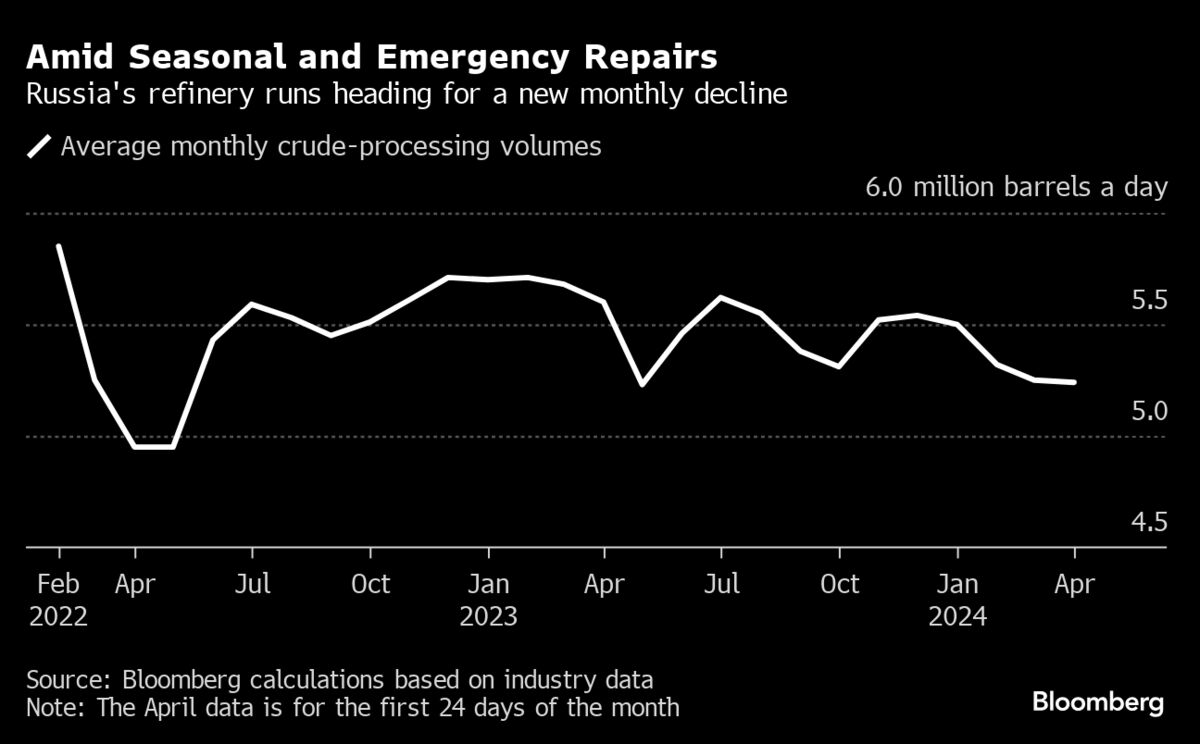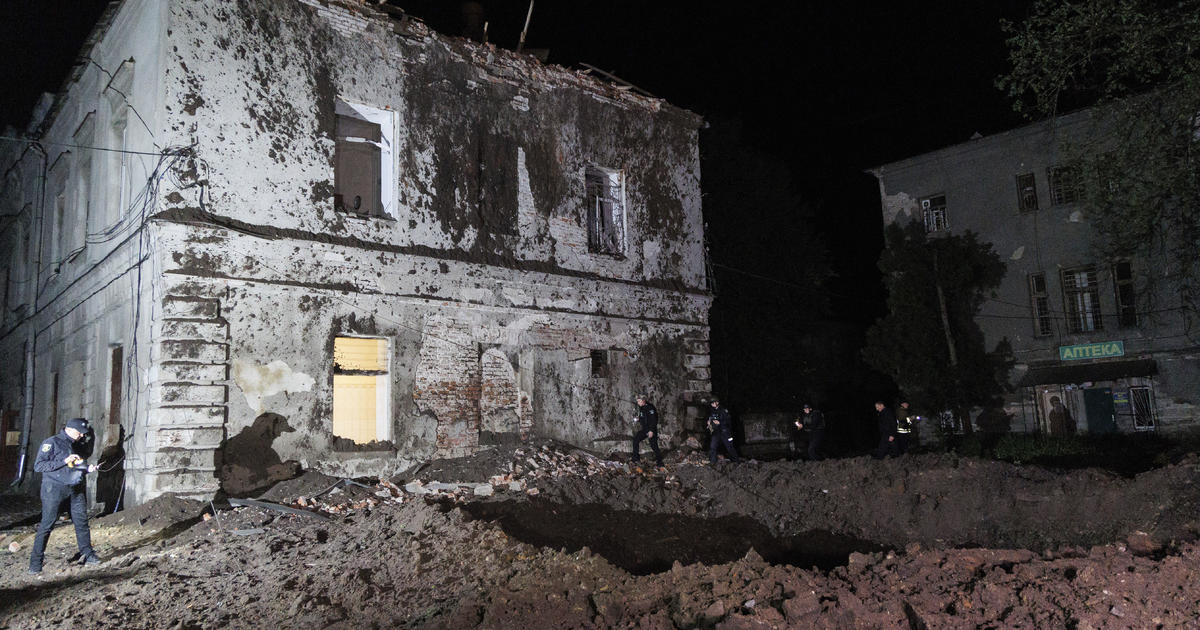Big Eskom maintenance lie

Contrary to statements from government officials, Eskom is not conducting more maintenance than in the past. Load-shedding is, therefore, not due to an intense maintenance plan but rather increasing unplanned breakdowns.
Politicians have been blaming load-shedding on increased maintenance regularly over the past few years, saying that it is “short-term pain for longer-term gain”.
Last year, President Cyril Ramaphosa famously said South Africans should see the current stage 6 load-shedding in a positive light for this reason.
“The load-shedding that we are going through now is occasioned by what Eskom is having to do to reposition the generation of our fleet,” Ramaphosa said.
“They are maintaining our fleet. They are making sure that incidents of load-shedding that have been given rise to in the past because of unplanned load-shedding events like breakdowns are put behind us.”
He added that the more intense load-shedding will not last. “This, as much as it is stage 6, is of a short-term nature,” Ramaphosa said.
Deputy President Paul Mashatile echoed Ramaphosa’s sentiment late last year.
He told the Parliamentary Press Gallery Association late last year that intensive maintenance was being done at power stations to relieve the ongoing power cuts in the long term.
“We are allowing Minister Ramokgopa to do a lot of maintenance. So, if you see a bit of a spike at the moment, they are doing intensive maintenance,” he said.
“They have taken a lot of them for maintenance. When they return online, you will see reduced load shedding.”

Of late, Electricity Minister Kgosientsho Ramokgopa has been saying that Eskom is conducting more maintenance than previously, resulting in load-shedding still being a reality.
In a media briefing at the end of January, Ramokgopa said that Eskom is exceeding expectations with its performance.
“We have turned the corner, but I’m not suggesting that we have ended load shedding,” he said.
The Minister also revealed that available capacity has “consistently” exceeded peak demand over the past two weeks.
However, there are reasons that load shedding continues to be implemented.
First, at least 3,000MW of available capacity is drawn from open-cycle gas turbines (OCGT), burning expensive diesel.
“The second reason is that planned maintenance is still significantly high. We are hitting about 8,000 to 9,000MW of planned maintenance,” he said.
“Even with that scale of planned maintenance, we still have a situation where we can keep load shedding at Stage 3, or oscillate between no load shedding to Stage 3.”
While Ramokgopa is correct that Eskom is performing more maintenance compared to last year, this claim is disingenuous as it ignores that high levels of planned maintenance also include failures to return units on time, which should be reflected as breakdowns.
The claims made by politicians that more intense maintenance is the reason behind load-shedding are proven false by the graph below.
This graph compares Eskom’s unplanned outages to their planned maintenance. It shows that unplanned outages have steadily increased over the past few years while maintenance has stayed relatively flat.
According to Standard Bank chief economist Goolam Ballim, this graph shows that Eskom is locked in a vicious cycle.
Eskom’s rising unplanned outages impede necessary maintenance, causing further breakdowns and limiting future maintenance, creating a negative spiral, he explained.

What's Your Reaction?

























































